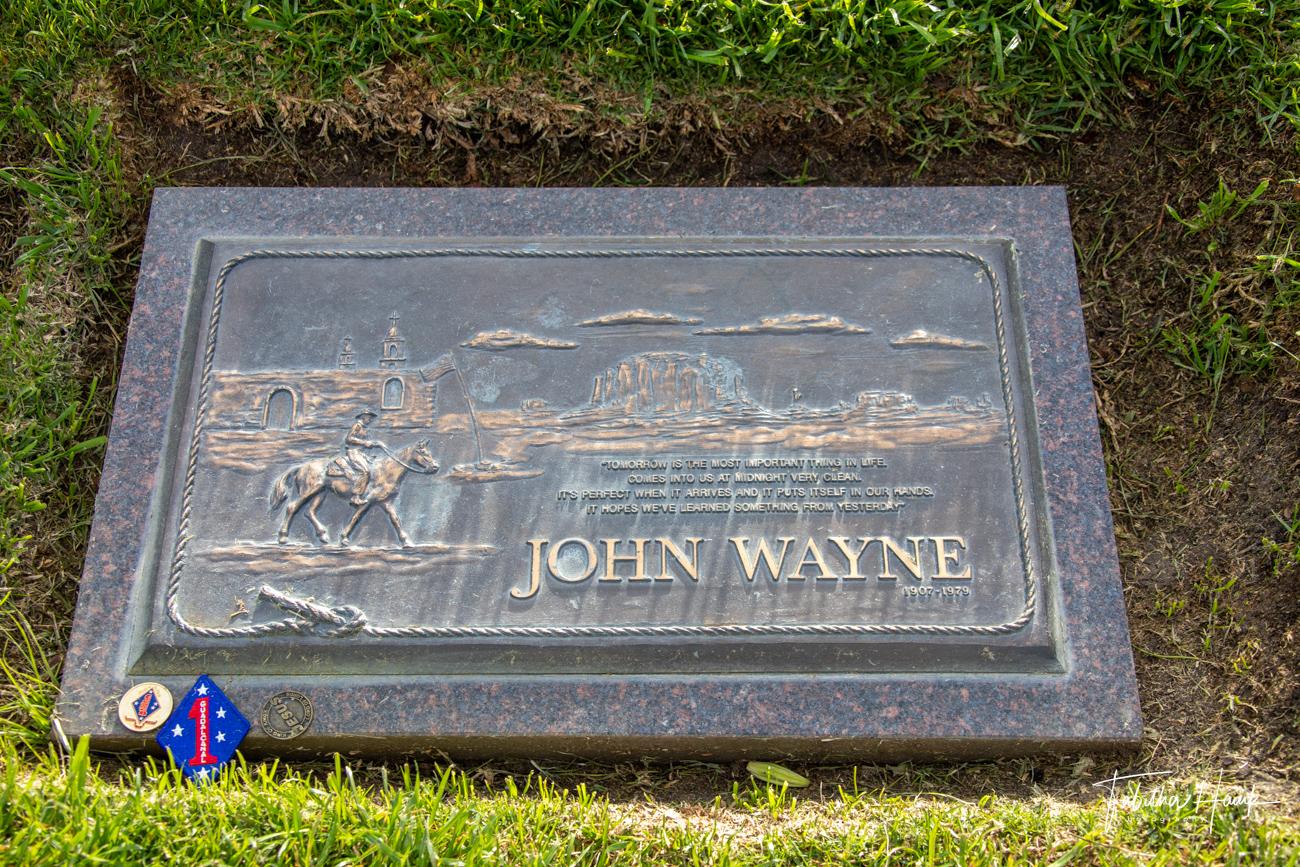Marion Robert Morrison, professionally known as John Wayne and nicknamed "the Duke", was an American actor who became a popular icon through his starring roles in films which were produced during Hollywood's Golden Age, especially in Western and war movies. His career flourished from the silent era of the 1920s through the American New Wave, as he appeared in a total of 179 film and television productions. He was among the top box-office draws for three decades and appeared with many other important Hollywood stars of his era. In 1999, the American Film Institute selected Wayne as one of the greatest male stars of classic American cinema.
Born: May 26, 1907, Winterset, Iowa, United States
Died: June 11, 1979, Los Angeles, California, U.S.
Cause of Death: Respiratory arrest and gastric cancer
net worth of $7 million ($25 million in today's money)
Born: May 26, 1907, Winterset, Iowa, United States
Died: June 11, 1979, Los Angeles, California, U.S.
Cause of Death: Respiratory arrest and gastric cancer
net worth of $7 million ($25 million in today's money)
Marion Robert Morrison, professionally known as John Wayne and nicknamed "the Duke", was an American actor who became a popular icon through his starring roles in films which were produced during Hollywood's Golden Age, especially in Western and war movies. His career flourished from the silent era of the 1920s through the American New Wave, as he appeared in a total of 179 film and television productions. He was among the top box-office draws for three decades and appeared with many other important Hollywood stars of his era. In 1999, the American Film Institute selected Wayne as one of the greatest male stars of classic American cinema.
Born: May 26, 1907, Winterset, Iowa, United States
Died: June 11, 1979, Los Angeles, California, U.S.
Cause of Death: Respiratory arrest and gastric cancer
net worth of $7 million ($25 million in today's money)
0 Commentaires
0 Parts
759 Vue




